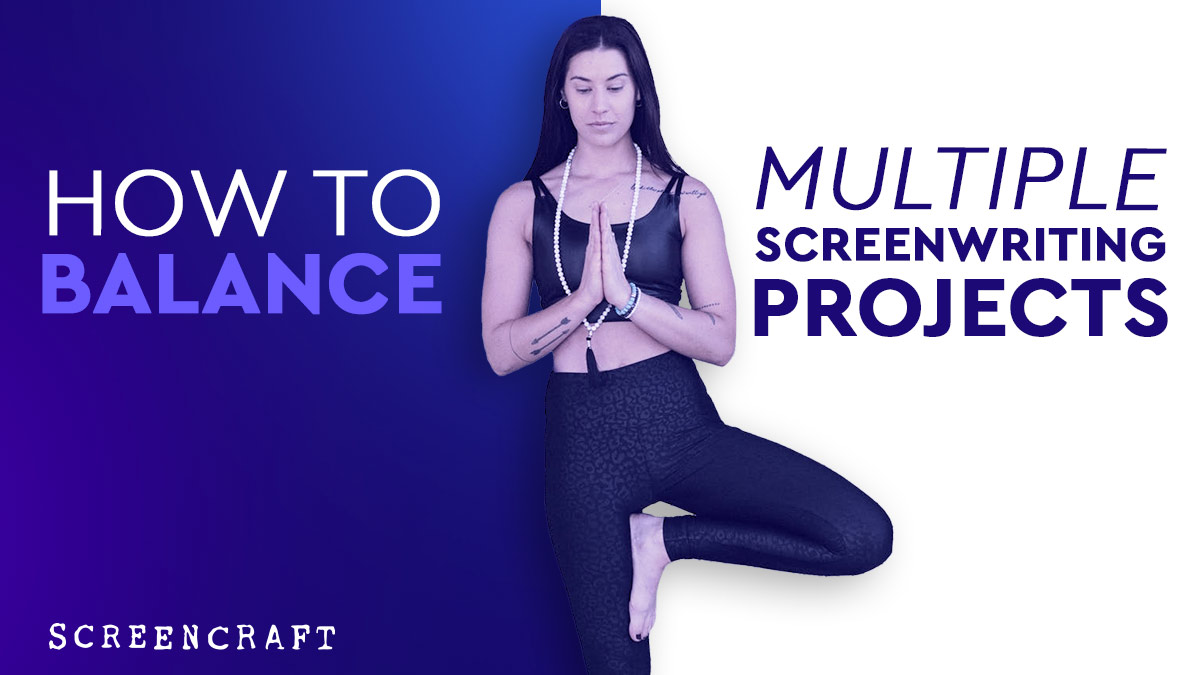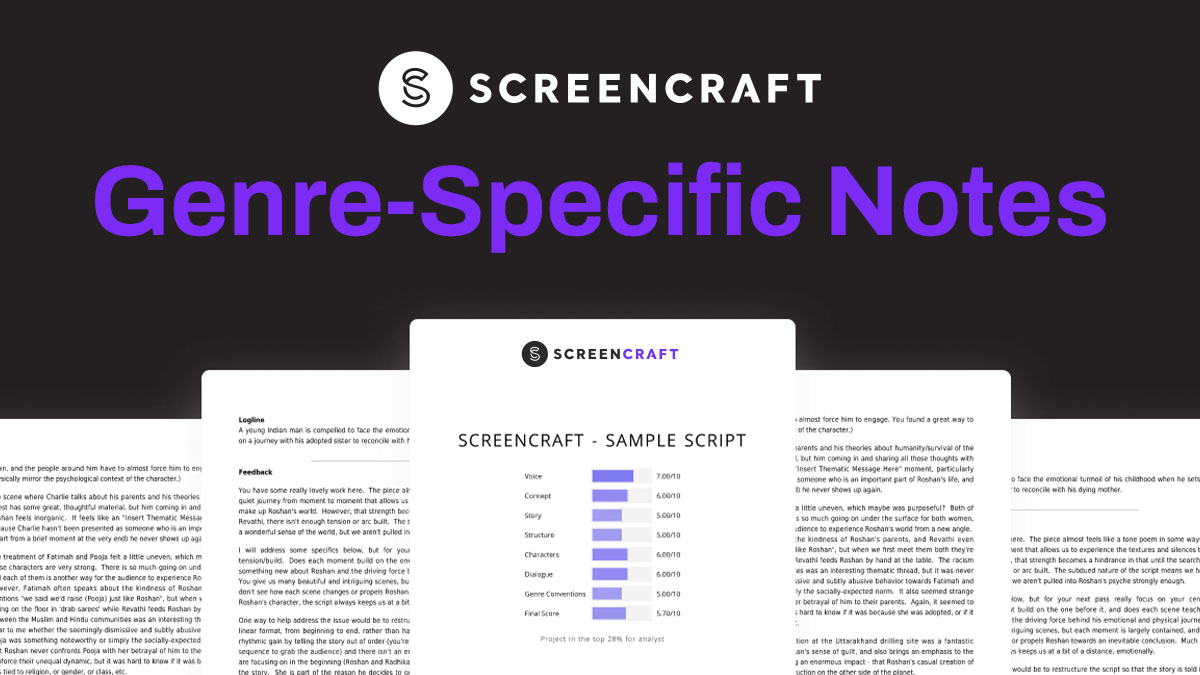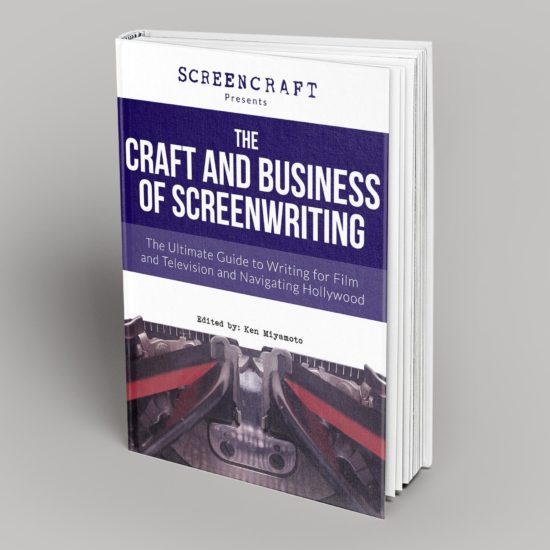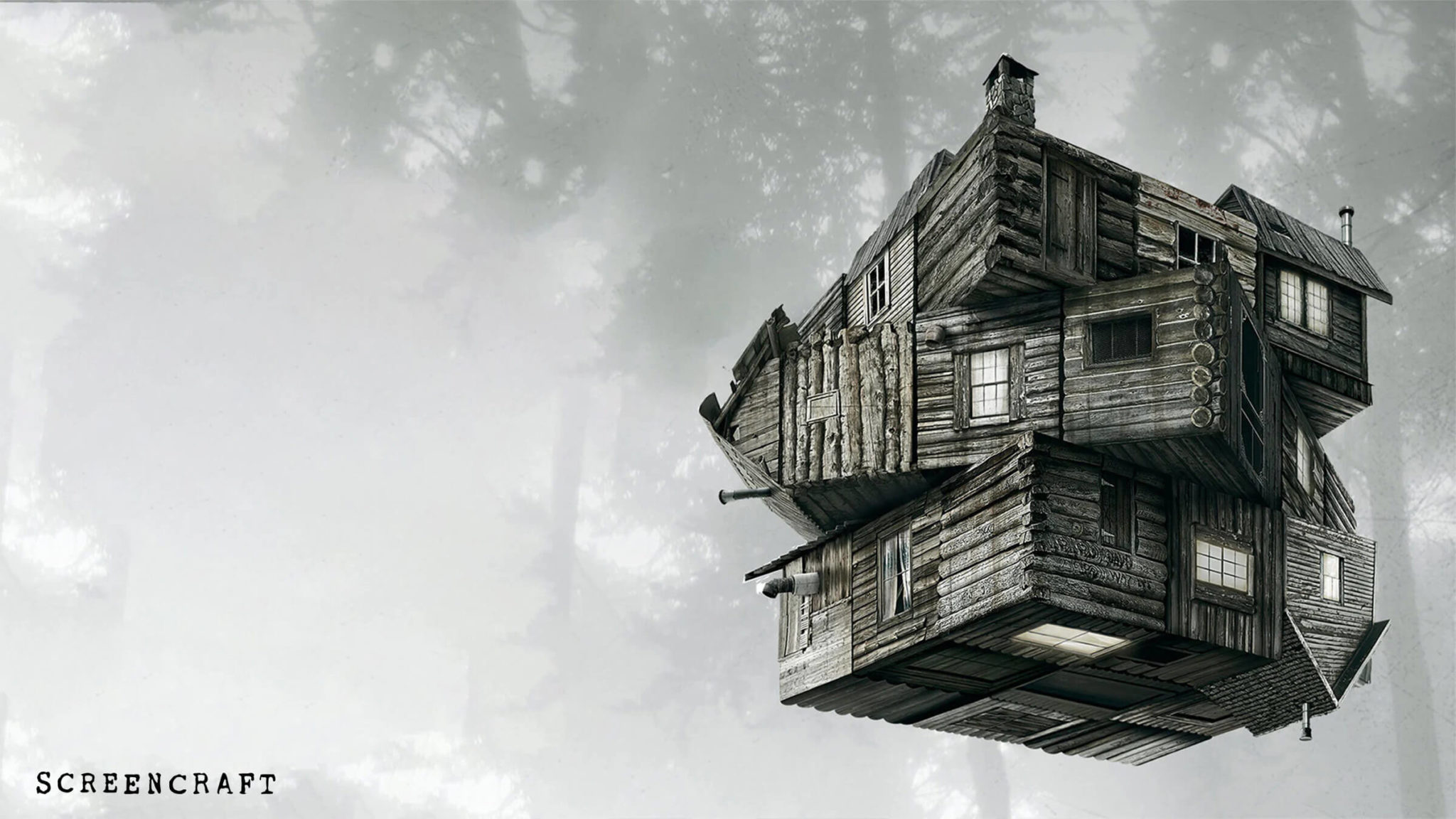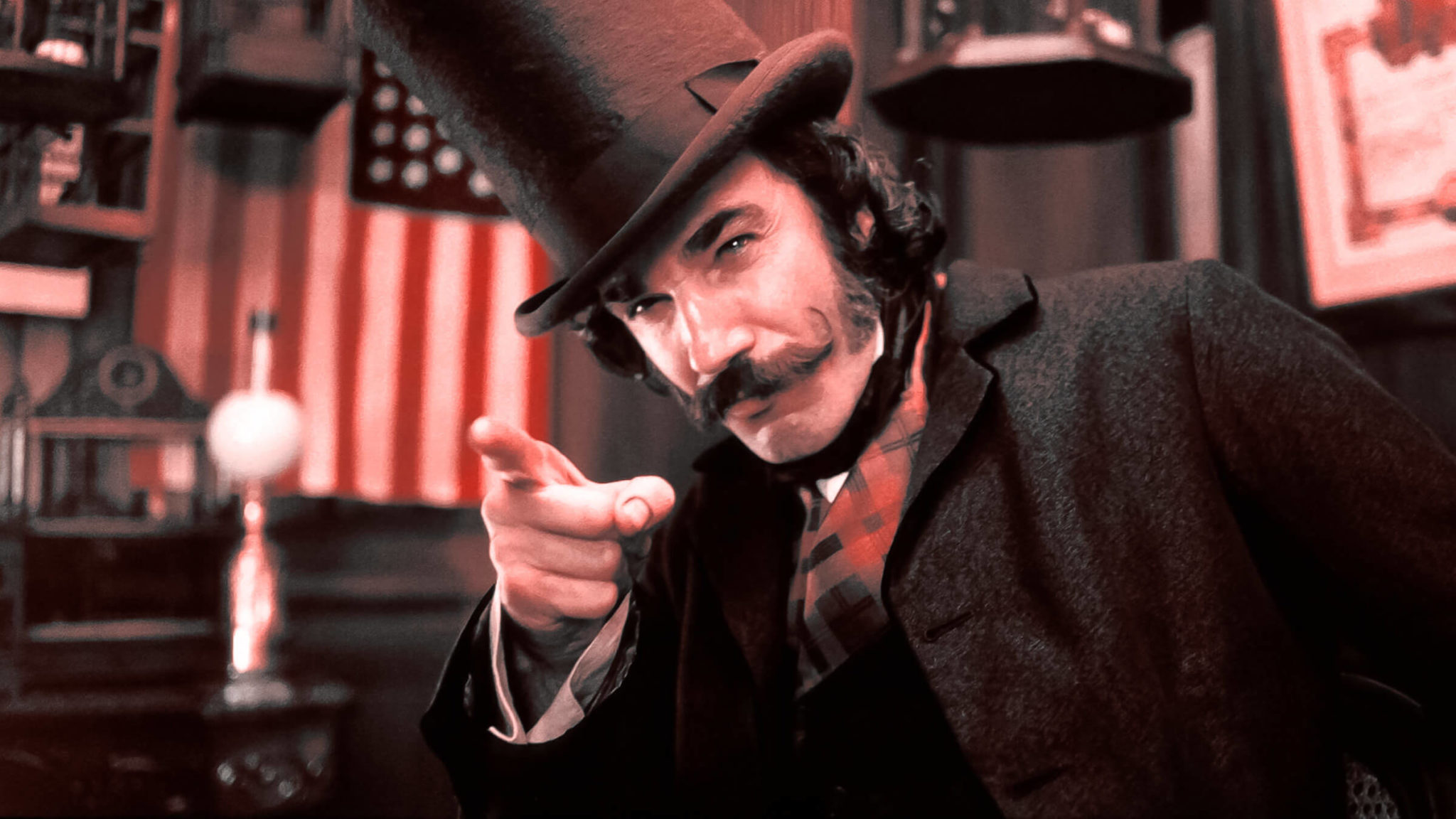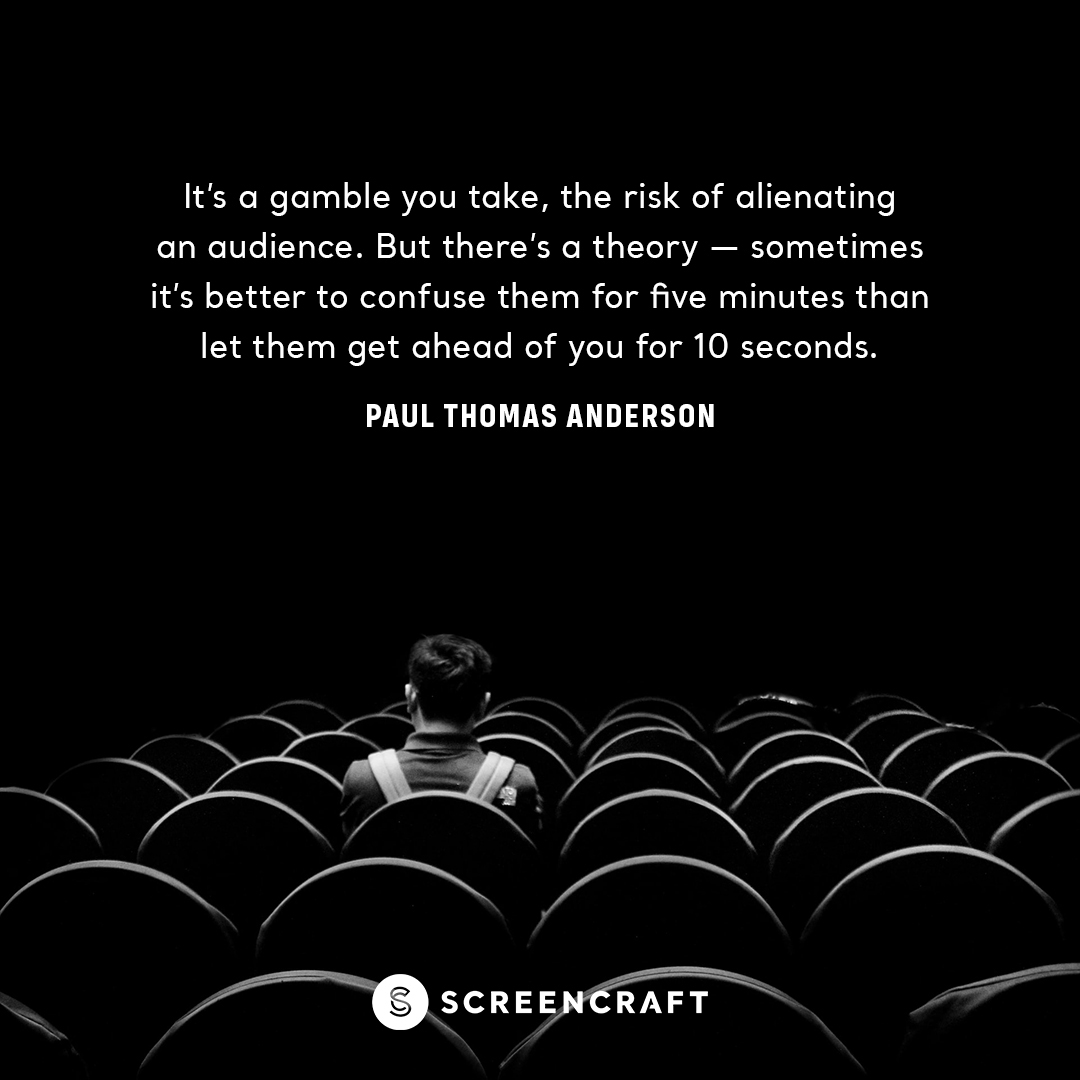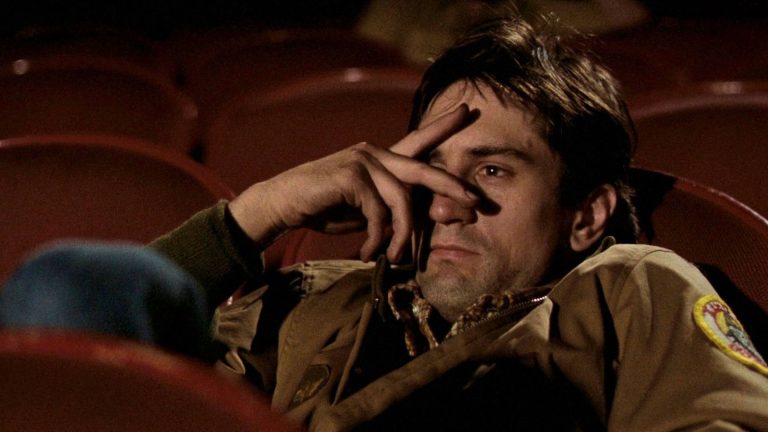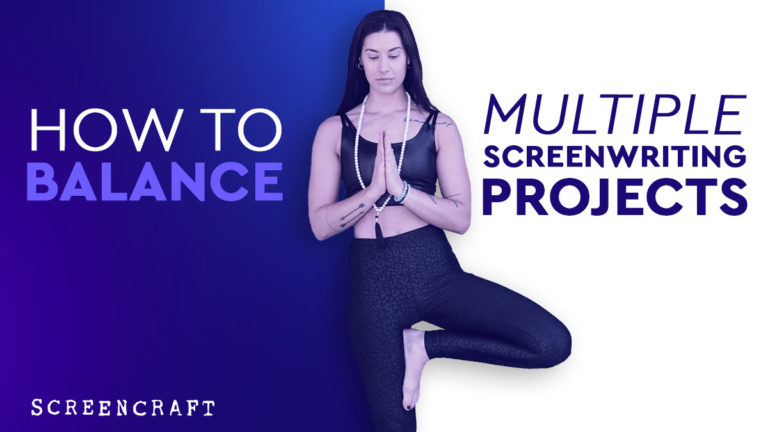
Should screenwriters write multiple screenplays at the same time? And if so, what are the best ways to approach that process?
Multitasking is a vital tool for screenwriters. You need to train yourself to be able to handle the workloads that Hollywood will ask you to take on. If you want to be a professional screenwriter, multitasking and writing fast (and well) will be two skills that will get you those coveted writing assignment contracts over another writer. The competition is highly competitive.
But does multitasking involve writing multiple screenplays at the same time? Yes and no.
Here we break down the reasons why and when you should and shouldn't be writing multiple screenplays at the same time — and what multitasking skills will benefit you most during your screenwriting journey, both as an undiscovered screenwriter and as a pro.
When to Balance Multiple Screenwriting Projects
The when is important. Situations are different between undiscovered screenwriters writing on spec (under speculation that they will sell the script to someone) and screenwriters that are actually getting professional screenwriting contracts.
Screenwriters Writing on Spec
When you're writing on spec (i.e., you're not getting paid), the most important thing is to focus on developing your screenwriting skills and voice. To accomplish that, you need to be focused on a single project. Why? Because it's all about getting the script done and moving on to the next.
Building a solid "stack" of amazing spec scripts is vital to your success as a screenwriter.
One solid screenplay isn't enough. A single script will get you into the conversation. A stack of scripts will showcase a body of work that makes development executives, producers, agents, and managers more comfortable taking you on as a screenwriter or client. They'll trust you more. And you'll have more proof of talent to offer them.
When you first start out, juggling multiple screenplays while writing on spec takes away from the focus you should be putting into every screenwriting effort.
You need to avoid that amateur trap of being noncommittal with your script. What many beginner screenwriters will do is:
- Write until inspiration fades away.
- Then blame writer's block (which doesn't exist) on lack of inspiration.
- Or blame the concept itself for not going anywhere.
- And then they'll move onto another project until more inspiration for the latter is sparked once again.
It's an unending and unproductive process that leaves you in beginner purgatory for years.
However, as you progress as a screenwriter, you can begin to develop multitasking skills (see below) that you'll need for your hopeful professional career.
And sometimes, you'll find yourself needing to push pause on one spec you're writing after you've gotten notes and feedback from coverage for another that you paid for or that you received from the results of a contest, competition, or fellowship. Or maybe you managed to get one script into the hands of an industry insider, and they want you to address some notes before they move forward on it.
Whatever the case, being able to handle that added pressure is important to your development.
Screenwriters Writing on Contract
When you've either sold your script and are writing the first contracted rewrite after notes from the producers/studios, or you've been assigned to write a script from a pre-existing concept brought to you by a producer/studio, your sole focus needs to be on that project.
That's the point of a contract. You'll have deadlines in a certain timeline that you'll have to meet. And you're expected to be fully committed during that contracted timeframe.
But any professional screenwriter out there knows that those lines are blurred sometimes. You take any project that you can when you can. And sometimes contracts blend, especially when you're forced to wait on notes from your bosses.
In some cases, contracts have you working on multiple scripts for particular projects. But that's usually reserved for higher-level assignment jobs.
So, creating great multitasking habits is key to juggling multiple screenplays at one time in an effective manner.
3 Stages of the Screenwriting Process
The first step is to understand the general breakdown of the screenwriting process into three key stages.
- Development
- Writing
- Rewriting
Stage 1: Development
Development — also known as frontend work — is a vital part of the screenwriting process that many beginner screenwriters take for granted. They get so (rightfully) excited to get their story onto the page that they jump into the writing stage too soon.
Development involves:
- Research
- Feeding the seed
- Pre-visualization
- Outlining
Generally speaking, you should give yourself at least a month of development — more time if possible. But you also don't want to be stuck in development hell either.
Research
Some scripts require that you research character-types, lingo, terminology, settings, locations, history, science, etc.
Do the research you need to do. Explore the world of your story. Explore the background of character types, technology, history, or whatever your script needs.
Feeding the Seed
Sitting in front of a blank screen with a cursor blinking at you, with nothing prepared and pre-visualized, is NOT the way to write. You need to go in with scenes and moments that you’ve played over and over in your head time and time again.
Find movies and TV shows similar to tone, subject, character, atmosphere, genre, etc. Watch them. You’re not looking to steal ideas. You’re looking for inspiration that can be applied to the seed that is your concept.
Pre-Visualization
This is what feeding the seed leads to...being able to envision your story more clearly.
These habits will help you with that:
- Create a playlist of instrumental music to use as your temp soundtrack. Music helps get you into the cinematic mood. Don’t choose lyrical songs. We’re talking movie or television scores.
- Within your imagination, create the perfect movie trailer for your concept. See the major beats of the story from beginning, middle, to end. Use your temp-soundtrack to drive the cinematic moments.
- Go on walks, bike rides, and drives as you listen to your temp soundtrack and build on those trailer moments. Visualize opening scenes, exciting or dramatic sequences, twists and turns, etc. You’re actually writing your script in your head as you do this. Writing isn’t just about typing. Most screenwriters see upwards of 75% of their script in their head before they type a single word.
Outlining
Some people need to write their pre-visualization in outline form. Others don’t. Whatever your process is to prepare for the actual typing of your script, go for it.
Stage 2: Writing
Writing is the actual physical typing part of the process. Your development phase with research, feeding the seed, pre-visualization, and outlining are all part of the writing process.
By the end of the Development Stage, you should be ready to burst with scenes, cinematic moments, dialogue, etc.
Different screenwriters will have different writing processes, but if you want to train yourself to write like a pro, you should give yourself a deadline of 8-12 weeks to write that first draft.
For a next-level approach to writing like a pro, Download ScreenCraft's The 10-Day Screenplay Solution: Learn How to Write Lightning Fast ScreenCraft eBook!
Stage 3: Rewriting
Most great screenplays are born through the rewriting phase. The best practice is to step away from your first draft for 2-4 weeks (if possible) and take a vacation from it. When you return to it, you'll see both the strengths and the flaws during a cover-to-cover read of it. Then you'll be able to revise, edit, and rewrite your drafts.
Screenwriters are generally given around two weeks for a rewrite. This can vary per contract, but it's a good benchmark to work from as you train yourself to write like a pro.
Read ScreenCraft's 7 Ways to Master the Art of the Script Rewrite!
How to Balance Multiple Screenwriting Projects
Here we offer a general overview of how to balance multiple screenwriting projects. And it's all actually very simple and can be applied and altered to meet the needs of your deadlines (contract or self-determined) and your preferred screenwriting process.
Juggle the Screenwriting Stages
So you have the three stages we presented above and the general timeframes that should be allotted for each.
- Development — 1 month
- Writing — 8-12 weeks for the first draft
- Rewriting — 2 weeks for each rewrite draft
If you're working on two screenwriting projects, you should start the first one with the development phase. Once you've gotten through that month (or whatever variance), you can shift into the writing phase of the script.
When you're not writing Script #1, you can dive into the development of Script #2.
If you're working on three projects (seriously, take it easy), you can juggle between those three stages for each script as long as you give yourself the time to do so.
Embrace Breaks in the Writing
It's very easy to get burnt out from a script, which is why we suggest that you break your writing into sessions rather than consecutive days.
Find a manageable page count per writing session, and then break your script into writing sessions rather than writing days or hours.
Example: If you can manage 10 pages per writing session (no matter how long it takes), you can write a feature script in around ten days (100 pages, give or take).
So instead of writing every single day on a script, you can take single or multiple days off in between writing sessions and still make that general 8-12 week deadline.
And while you do that, your off-writing days can be spent juggling the three screenwriting stages between each project that you are working on.
7-Day Sample Schedules for Multiple Screenwriting Projects
Here's a breakdown of what a 7-Day week could be for two screenwriting projects:
Day 1: Writing session for Script #1
Day 2: Development session for Script #2
Day 3: Writing session for Script #1
Day 4: Development session for Script #2
Day 5: Development Session for Script #2
Day 6: Writing session for Script #1
Day 7: Mental Health Day
Here's a breakdown of what a 7-Day week could be for three screenwriting projects:
Day 1: Writing session for Script #2
Day 2: Development session for Script #3
Day 3: Rewriting session for Script #1
Day 4: Writing session for Script #2
Day 5: Development session for Script #3
Day 6: Rewriting session for Script #1
Day 7: Mental Health Day
Balancing multiple screenwriting projects is an excellent skill set to have as a screenwriter. But you need to know how and when to develop it.
- If you're a beginner screenwriter, it's not advisable. Focus on one script at a time to build an amazing stack of 3-5 screenplays.
- If you've built a great body of work and are fielding notes and potential contracts after getting a little Film/TV industry notice through networking or contest/competition/fellowship placements, you can start juggling the needs to keep developing, writing, and rewriting multiple screenplays.
- If you're a professional screenwriter now writing under contracts, you can balance those contracts' needs while also developing potential spec scripts for future sales and writing sample submissions.
Happy writing!
Ken Miyamoto has worked in the film industry for nearly two decades, most notably as a studio liaison for Sony Studios and then as a script reader and story analyst for Sony Pictures.
He has many studio meetings under his belt as a produced screenwriter, meeting with the likes of Sony, Dreamworks, Universal, Disney, Warner Brothers, as well as many production and management companies. He has had a previous development deal with Lionsgate, as well as multiple writing assignments, including the produced miniseries Blackout, starring Anne Heche, Sean Patrick Flanery, Billy Zane, James Brolin, Haylie Duff, Brian Bloom, Eric La Salle, and Bruce Boxleitner, and the feature thriller Hunter’s Creed starring Duane “Dog the Bounty Hunter” Chapman, Wesley Truman Daniel, Mickey O’Sullivan, John Victor Allen, and James Errico. Follow Ken on Twitter @KenMovies
For all the latest ScreenCraft news and updates, follow us on Twitter, Facebook, and Instagram.
Get Our Screenwriting Newsletter!
Get weekly writing inspiration delivered to your inbox - including industry news, popular articles, and more!



